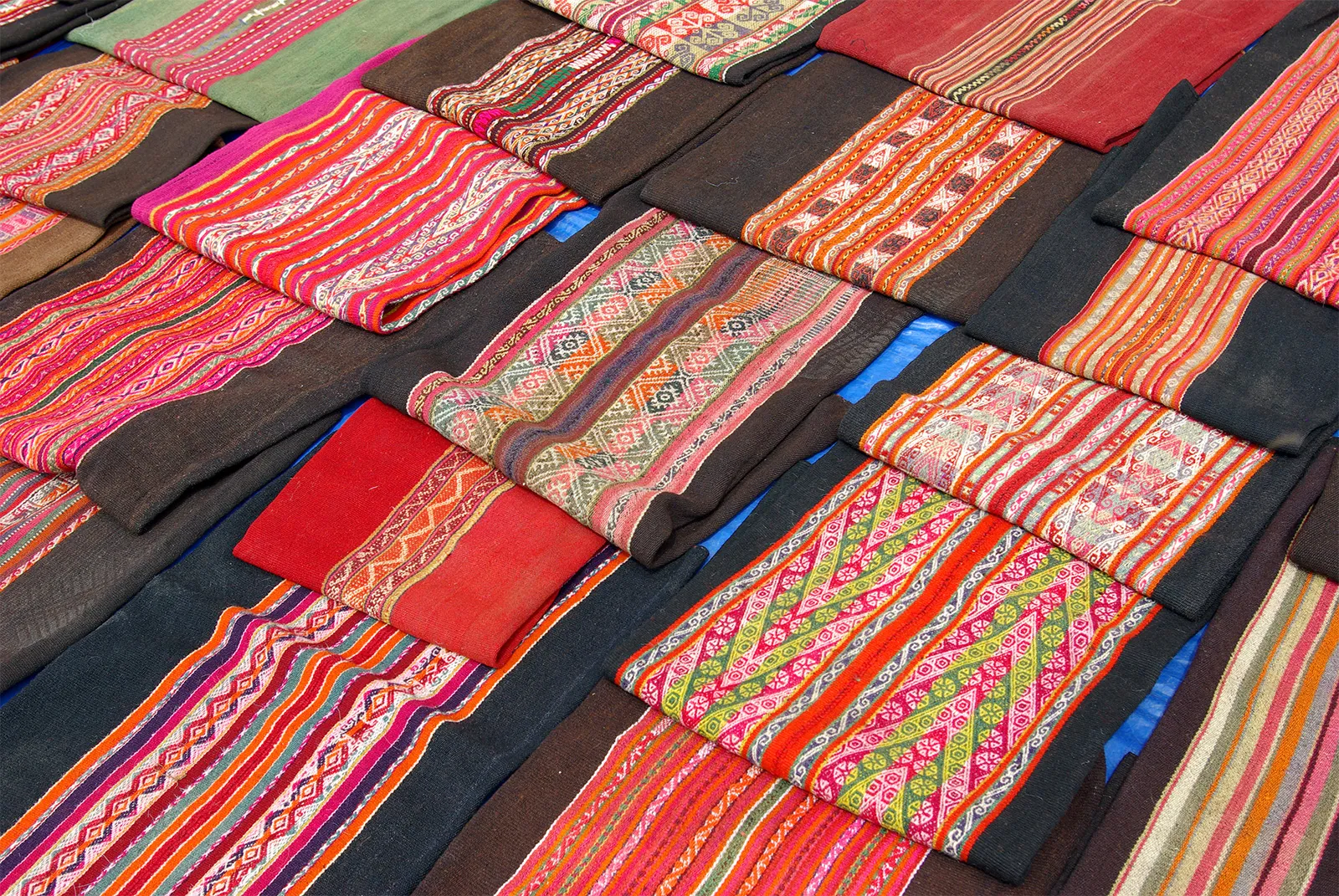
Odisha targets ₹10,000 crore investment in textiles sector
BHUBANESWAR : Odisha has set an ambitious target of attracting an investment of ₹10,000 crore for its textiles sector over the next five years, with the aim to bolster the state’s economy by creating more than 100,000 job opportunities.
In a conversation, Bhupendra Singh Poonia, Managing Director, Industrial Promotion & Investment Corporation of Odisha (IPICOL), said, “The state government has approved projects in the textiles sector under the revised Industrial Policy Regulation (IPR) that offers a 30% reimbursement facility to investors in the textiles sector.”
Investors can expect this incentive to be disbursed in five equal annual installments, translating to a 6% reimbursement each year, starting after the commencement of commercial production.
This strategy is part of a broader push, encapsulated in the technology-focused IPR introduced in December 2022, to draw investments into a range of textiles categories, including apparel and technical textiles, across both synthetic and natural fibres.
“As of now, Odisha has a negligible presence in textiles export and is working to increase its share, particularly in technical textiles and apparel, given the potential that the state has,” he said. “We have approved 26 proposals in this sector, and they are in different stages of commissioning, land allotment, design drawing, approval, etc.,” Poonia said.
The state, which previously had limited activity in this sector, now boasts significant investment commitments from both national and international players, said Poonia, a 2008 batch IAS officer.
Companies like Shahi, Aditya Birla, local entity White Lotus, and Welspun Living are among those who have pledged investments ranging from ₹50 crore to ₹4,000 crore. Shahi, Welspun Living and Trident refused to comment on the development.
In addition to these incentives, the state government will provide a ₹2 per unit electricity cost reimbursement for the next decade, based on a base rate of ₹6 per unit, specifically for firms in the textile sector.
Furthermore, the state will cover ESIC (Employees’ State Insurance Corporation) and EPFO (Employees Provident Fund Organisation) contributions for Odia workers, promoting employment within the state, he said.
An additional initiative to construct hostels for women workers, aiming to house 35,000 workers at minimal rent, will ensure better access to manufacturing units and transport connectivity, Poonia added.
The Indian market for technical textiles is projected to reach a massive ₹1.81 trillion in FY24 from ₹1.33 trillion in 2019. The domestic market has expanded at an annual rate of 12%, compared to the global rate of 4%. With India’s exports of technical textiles, including medical apparel, at $2.5 billion, there are plans to push up this figure to $10 billion over the next five years, capitalizing on India’s 4% share of the global textiles and apparel trade in the 2021-22 financial year.
Despite a slight dip in textiles exports from $32.33 billion in the previous year to $30.96 billion between April 2023 and February 2024, India remains a global leader in cotton and jute production, is the second-largest producer of silk, and produces 95% of the world’s hand-woven fabric, underscoring the vast potential for growth and innovation within the sector.

